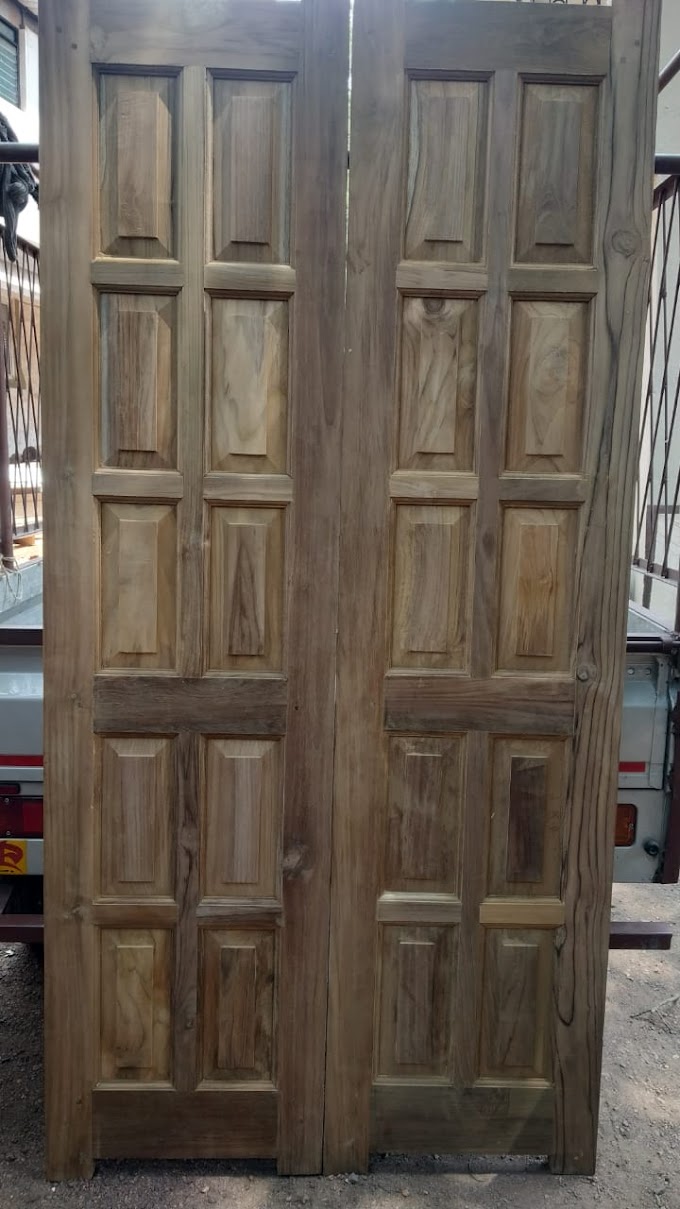The most commonly used finishing layer for MDF, plywood, particle board, wooden furniture, wall panels and flooring are laminates. Essentially, a composite artificial material, they are made by pressing together thin layers of flat paper and plastic resins. The upper layer is printed with a decorative pattern or color.
All About Laminates: Types
Five Main Types:
Decorative laminates – These
have greater aesthetic appeal in terms of finishes and patterns. Decorative
laminates can be used for doing ornamental overlays on furniture. And there are
so many to choose from as well.
Industrial laminates – These
have higher strength and are more resistant to wear and tear. They
include high-performance laminates which are fire
retardant, antibacterial and chemical resistant for application in
hospitals and other industries.
Compact laminates – These
fairly thick ones are self-supporting and do not need to be glued to any other
material.
Post formed laminates – These
flexible versions are thinner than regular laminates. They are used to wrap
around tables, columns etc.
High-pressure and low-pressure
laminates – Differing only in the pressure with which the laminate is
applied on a substrate, HPL is usually used with plywood while LPL finds its
use with MDF.
Sizes:
Laminates are commercially
available in sheets, panels and boards depending on the type of
application. The approximate size of sheets available is around 8 feet by 4
feet. Wall panels and boards are available as squares or rectangles in
different sizes.
Durability:
Laminates are fairly durable and
scratch resistant. They are more resistant to wear and tear, moisture, and
heat when compared to veneer and solid wood
products. However, laminated surfaces tend to warp when exposed to
excess water. Since they are brittle materials, these are also prone to
chipping.




0 Comments